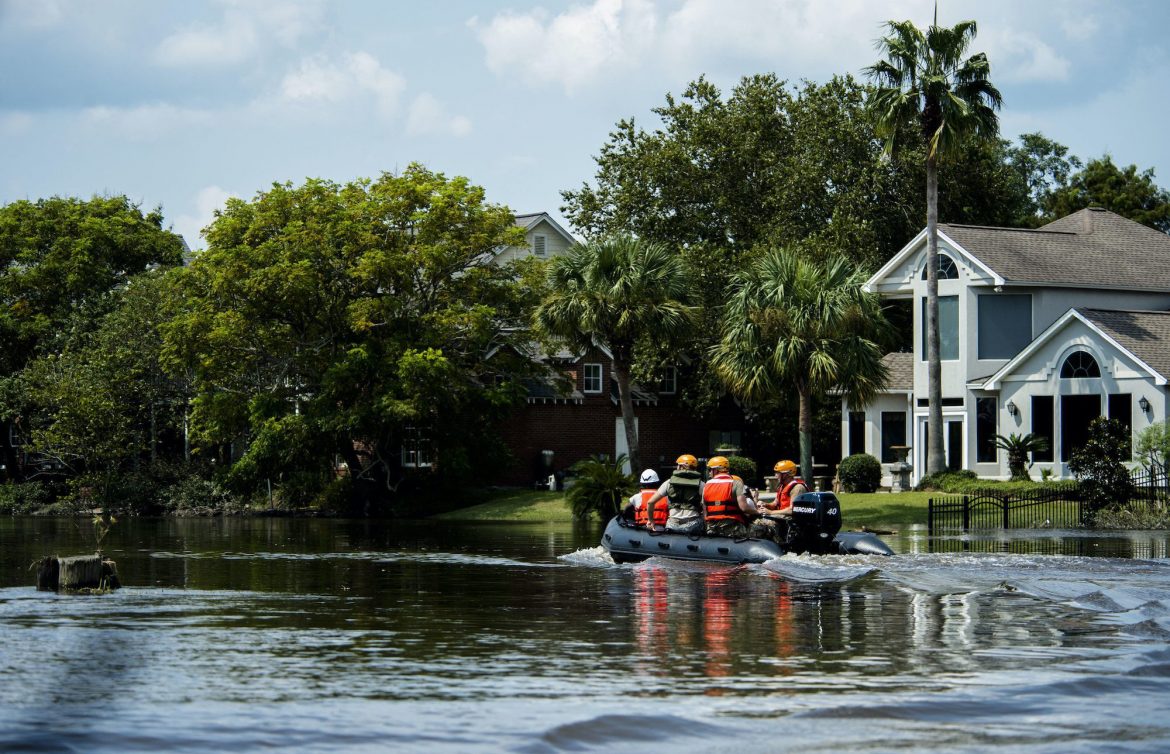A new study has found that Sea level rise caused by global heating will disrupt the daily life of millions of Americans, as hundreds of homes, schools and government buildings face frequent and repeated flooding by 2050.
According to the study, almost 1,100 critical infrastructure assets that sustain coastal communities will be at risk of monthly flooding by 2050, according to the new research by the Union of Concerned Scientists (UCS).
It further found that the vast majority of the assets – 934 of them – face the risk of flood disruption every other week, which could make some coastal neighborhoods unlivable within two to three decades.
Almost 3 million people currently live in the 703 US coastal communities with critical infrastructure at risk of monthly disruptive flooding by 2050, including affordable and subsidized housing, wastewater treatment facilities, toxic industrial sites, power plants, fire stations, schools, kindergartens and hospitals.
The study also found that the number of critical infrastructure assets at risk of disruptive flooding is expected to nearly double compared to 2020, even when assuming a medium rate of climate-driven sea level rise (rather than the worst case scenario).
Read also: Report: EU-regulated ‘sustainable’ funds invest £14bn in biggest polluters
California, Florida, Louisiana, Maryland, Massachusetts and New Jersey have the most critical infrastructure that needs to be made more flood resilient – or be relocated to safer ground.
Within states, the burden of coastal flooding will not be equal: more than half the critical assets facing frequent flooding by 2050 are located in communities already disadvantaged by historic and current structural racism, discrimination and pollution, the UCS analysis found.
Disadvantaged coastal communities with infrastructure at risk of flooding have higher proportions of Black, Latino and Native American residents. Public and affordable housing represents the single most at-risk infrastructure in these communities.
Routine flooding of critical infrastructure could lead to some of the most vulnerable and underserved children being forced to travel further for school and medical appointments, as well as the contamination of local water supplies by the flooding of polluted soil, according to Juan Declet-Barreto, a report author and senior social scientist for climate vulnerability at UCS.
Story was adapted from the Guardian.
